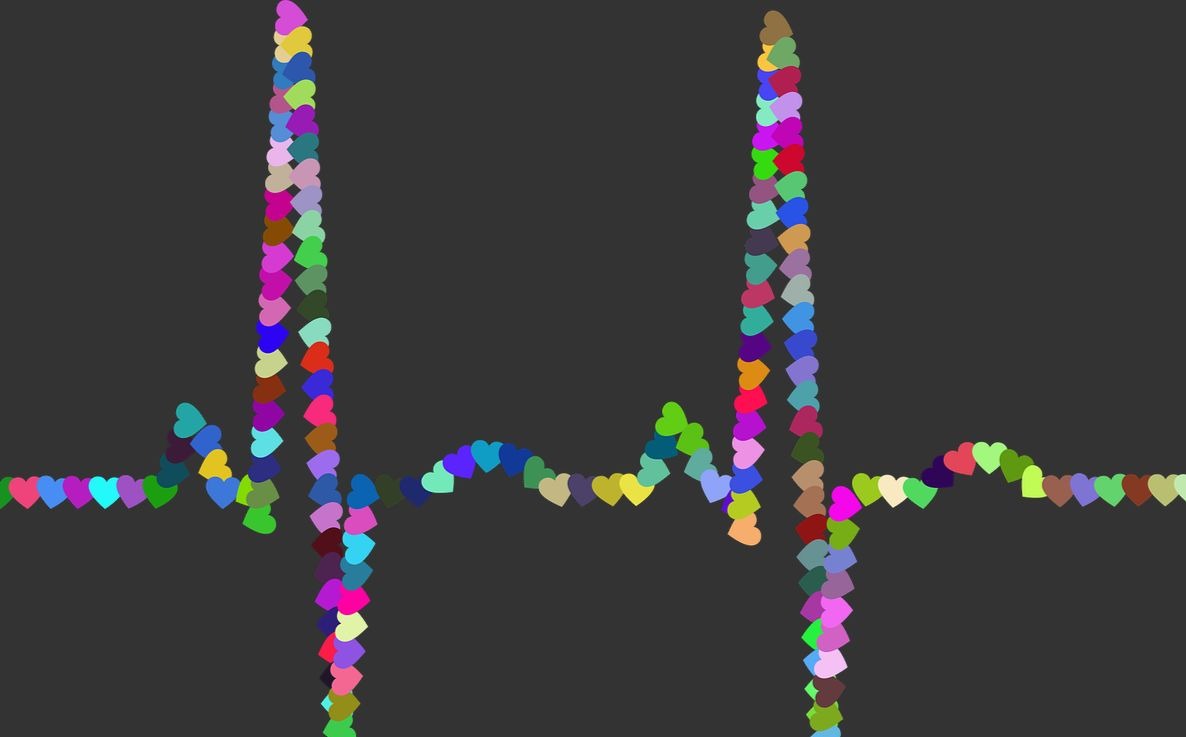Blood pressure is the force of blood pushing against the walls of the arteries that carry blood from your heart to other parts of your body. Blood pressure normally rises and falls throughout the day, but it can damage your heart and cause health problems if it stays too high for a prolonged period of time.
High blood pressure is also known as hypertension.
Hypertension is an extremely common cardiovascular condition that can contribute to a number of additional health concerns, such as coronary heart disease, strokes, and even death. About 75 million American adults (32%) have high blood pressure—that’s 1 in every 3 adults. Only about half of people with high blood pressure have their condition under control. High blood pressure was a primary or contributing cause of death for more than 410,000 Americans in 2016—that’s more than 1,100 deaths each day.
If you are identified as ‘at risk’, your healthcare professional will likely recommend that you self-test your blood pressure at home. Monitoring your blood pressure at home can:
- Help with early diagnosis. Self-monitoring can help your doctor diagnose high blood pressure earlier than if you only have occasional blood pressure readings in a medical office.
- Help with treatment choice. The only way to know whether your lifestyle changes or medications are working is to check your blood pressure regularly.
- Cut your healthcare costs. Self-monitoring can decrease the number of visits to you make to your doctor or clinic.
- Check if your blood pressure differs outside the doctor’s office.
- Improves control. Self-monitoring can give you a stronger sense of responsibility for your health. You may feel even more motivated to control your blood pressure with an improved diet, physical activity and proper medication use.
Blood pressure is measured using two numbers. The first number reads your systolic blood pressure which represents the pressure in your blood vessels when your heart beats. The second number, diastolic blood pressure, measures the pressure in your blood vessels when your heart rests between beats. Blood pressure is measured in millimeters of mercury (mmHg).
The chart below shows normal, at-risk, and high blood pressure levels.
| Normal | systolic: less than 120 mmHg
diastolic: less than 80 mmHg |
| At risk (prehypertension) | systolic: 120–139 mmHg
diastolic: 80–89 mmHg |
| High | systolic: 140 mmHg or higher
diastolic: 90 mmHg or higher |
Here’s how to take your blood pressure at home:
- Keep still
- Don’t smoke, drink caffeinated beverages or exercise within 30 minutes before measuring. Empty your bladder and ensure you have at least 5 minutes of quiet rest before measurements.
- Sit properly: Sit with your back straight and supported (on a dining chair, rather than a sofa). Your feet should be flat on the floor and your legs should not be crossed.
- Measure at the same time every day: It’s important to take the readings at the same time each day, such as morning and evening.
- Take multiple readings and record the results: Each time you take a measurement, do two or three readings, one minute apart, and record the results. You can use the DeepH app to enter your readings and keep track of your blood pressure history in your DeepH profile.
Download DeepH Health Monitoring App and Feel Better Every Day!
Download on the App Store:
https://apps.apple.com/es/app/deeph-health-happiness/id1322416082?l=en
Get it on Google Play:
https://play.google.com/store/apps/details?id=com.deeph.live













